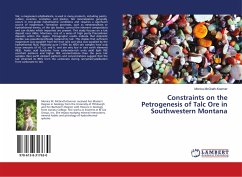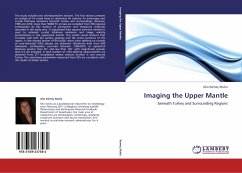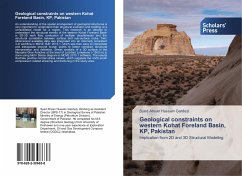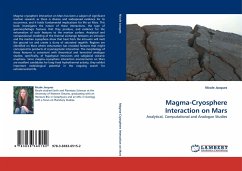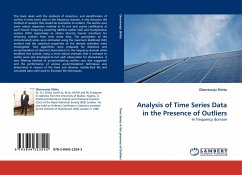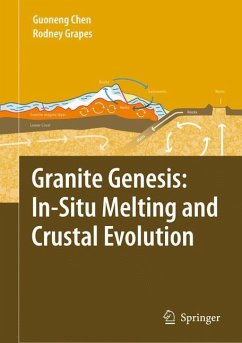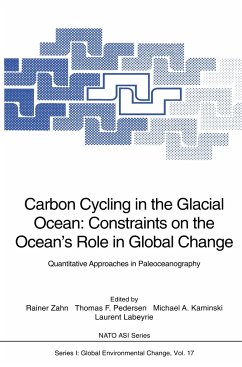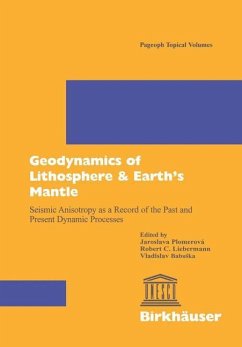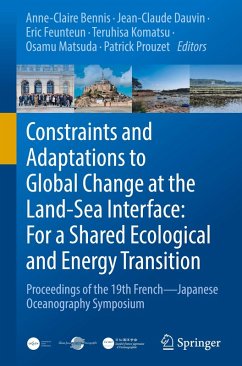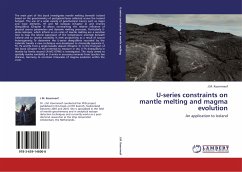
U-series constraints on mantle melting and magma evolution
An application to Iceland
Versandkostenfrei!
Versandfertig in 6-10 Tagen
52,99 €
inkl. MwSt.

PAYBACK Punkte
26 °P sammeln!
The main part of this book investigates mantle melting beneath Iceland based on the geochemistry of postglacial lavas collected across the Iceland hotspot. The use of a wide variety of geochemical tracers such as major and trace elements, Hf and Nd isotopes (Chapter 2) and U-series disequilibria (Chapter 4) allows constraining the relative influence of physical source parameters and dynamic melting processes. Particularly U-series isotopes, which inform us on rates of mantle melting are a sensitive tool to map the lateral expression of the temperature anomaly beneath Iceland and to resolve var...
The main part of this book investigates mantle melting beneath Iceland based on the geochemistry of postglacial lavas collected across the Iceland hotspot. The use of a wide variety of geochemical tracers such as major and trace elements, Hf and Nd isotopes (Chapter 2) and U-series disequilibria (Chapter 4) allows constraining the relative influence of physical source parameters and dynamic melting processes. Particularly U-series isotopes, which inform us on rates of mantle melting are a sensitive tool to map the lateral expression of the temperature anomaly beneath Iceland and to resolve variability in melt productivity as a result of source heterogeneity. To determine the U-series disequilibria recorded by the Icelandic basalts a new technique was developed to chemically separate U, Th, Pa and Ra from a single basaltic aliquot (Chapter 3). In the final part of this book (Chapter 5) the potential to measure in situ U-Th disequilibria in titanite by femto second LA-MC-ICPMS is investigated. The study aimed to spatially resolve variability in U-series in accessory minerals from Laacher See Volcano, Germany to constrain timescales of magma evolution within the crust.



